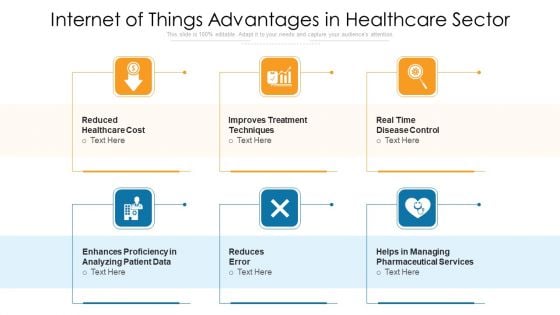vSEPP (Visited Network’s Security Proxy): What It Is and How It Operates
telcomatraining.com – As mobile communication technologies evolve, security and data privacy remain key concerns. One of the emerging solutions addressing these concerns is the vSEPP (Visited Network’s Security Proxy). This component plays a crucial role in securing data exchange between mobile networks, ensuring that users experience safe and seamless connectivity while roaming.
In this article, we will explore what vSEPP is, its importance, and how it operates, focusing on its role in protecting sensitive data in telecommunications networks.
What is vSEPP?
vSEPP (Visited Network’s Security Proxy) is a security mechanism used in mobile networks, particularly in the context of 5G roaming architecture. It acts as an intermediary between a visited network (VN) and a home network (HN), ensuring secure and encrypted communication between them.
The primary purpose of vSEPP is to prevent unauthorized access, secure data exchanges, and maintain confidentiality when a mobile user connects to a foreign network. This is crucial because roaming exposes users to potential security vulnerabilities, such as data interception or tampering.
Why is vSEPP Important?
With the advent of 5G technology, the complexity of network interactions has increased significantly. Unlike 4G LTE, where security relied mainly on VPNs and private connections, 5G networks require a more granular and robust security framework.
The importance of vSEPP includes:
- Enhanced Security for Roaming Users
- Encrypts communication between networks to prevent eavesdropping.
- Ensures that sensitive user data is not exposed to unauthorized entities.
- Data Integrity and Privacy
- Uses cryptographic techniques to secure data exchanges.
- Prevents man-in-the-middle (MITM) attacks and other cyber threats.
- Regulatory Compliance
- Helps telecom operators adhere to GDPR, CCPA, and other data protection regulations.
- Ensures that data transmitted across borders complies with international standards.
- Prevention of Fraud and Cyber Threats
- Acts as a firewall between home and visited networks.
- Prevents SIM fraud, location tracking, and session hijacking.
How vSEPP Operates
1. Establishing a Secure Channel
When a roaming user connects to a visited network, the vSEPP of the visited network (VN-vSEPP) communicates with the home network’s SEPP (HN-SEPP). This interaction is secured through mutual authentication and end-to-end encryption.
2. Traffic Filtering and Validation
vSEPP acts as a gateway that filters and validates all data packets exchanged between networks. It ensures that:
- Only legitimate requests and responses are processed.
- Any suspicious or malicious traffic is blocked.
3. End-to-End Encryption
Data exchanged between networks is encrypted using IPSec or TLS (Transport Layer Security) to prevent unauthorized access. This encryption ensures confidentiality and integrity, making it nearly impossible for hackers to manipulate transmitted data.
4. Policy Enforcement and Compliance
Each network has specific security policies that must be followed. vSEPP enforces these policies by:
- Ensuring compliance with network security protocols.
- Enforcing access control mechanisms to prevent unauthorized data access.
5. Anomaly Detection and Threat Mitigation
Advanced vSEPP implementations include AI-driven anomaly detection. By continuously monitoring network traffic, vSEPP can identify and block suspicious activities, such as DDoS attacks, spoofing, and identity theft attempts.
vSEPP vs. SEPP: What’s the Difference?
While SEPP (Security Edge Protection Proxy) is a broader security protocol used in 5G networks, vSEPP is a specialized implementation focused on roaming scenarios. The main differences include:
| Feature | SEPP | vSEPP |
|---|---|---|
| Scope | General 5G security | Security in roaming |
| Function | Protects inter-network communication | Protects visited network interactions |
| Encryption | Yes | Yes |
| Location | Can be in home or visited network | Primarily in visited network |
Conclusion
The vSEPP (Visited Network’s Security Proxy) is a critical security component in 5G roaming, ensuring secure communication between visited and home networks. By providing encryption, traffic filtering, anomaly detection, and compliance enforcement, vSEPP plays a key role in protecting user data and preventing cyber threats.
As 5G adoption grows, the implementation of vSEPP will become increasingly essential for mobile operators looking to provide secure and seamless roaming experiences.







